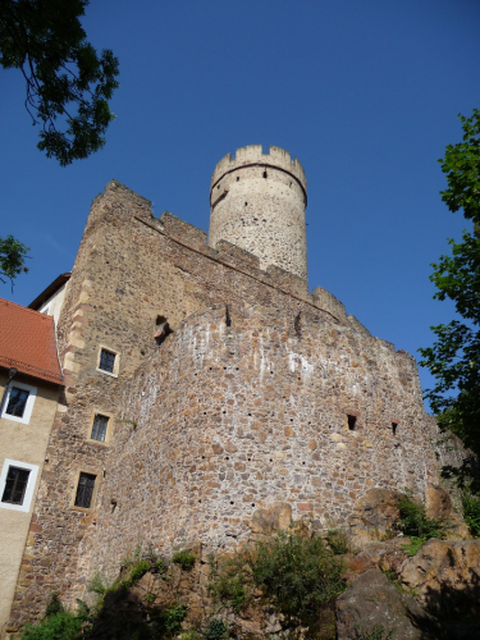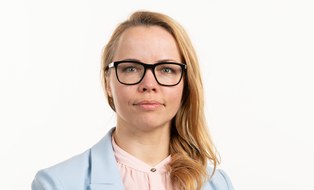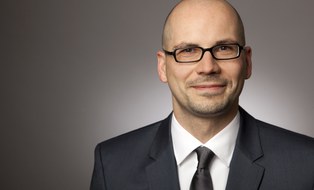BSK - Energy-efficient refurbishment of castles, palaces and monasteries
Table of contents
Basic data
| Status | abgeschlossen |
|---|---|
| Funding source | Federal Ministry of Education and Research (BMBF) |
| Funding reference number | 03SF0546 |
| Project term | 2017 - 2020 |
Summary

Projektlogo BSK
The energetic improvement of architectural monuments has been a subject of research for years. However, castles, palaces and monasteries (BSK) are largely excluded from this. The necessity of their energetic further development has not been systematically investigated so far. Scientific investigations are focused on questions of art history and building research. Against this background, the present project was focused on the following fundamental questions and the development of the associated concepts for the adaptation of the BSK to the changed boundary conditions:
- Will the financing and thus also the maintenance of BSK become increasingly difficult or even endangered as a result of rising energy costs?
- What are the implications of climate change with regard to measures for specifically influencing the indoor climate in BSK?
- Does the decarbonization of the energy supply require fundamentally new approaches for the air conditioning of BSK?
These questions, which are aimed at the further development of BSK, led to the research approach that architectural monuments are energetic systems which are subject to the necessity of further development several times within their entire life cycle. Within the scope of the present project, methodological foundations were developed for this purpose. Essential basic information for the development of concepts for the adaptation of BSK to the changed boundary conditions was not available at the beginning of the project. In particular, this applied to:
- the type and extent of air conditioning of these building monuments,
- the associated energy demand and the resulting costs,
- the structural and thermal-hygric characteristics of the buildings, and
- the design of the renovation process
It became necessary to give the collection of this information a broader scope than originally planned. The evaluation of existing work results of art historians, building researchers and monument conservators showed that these contain only limited corresponding information; extensive own surveys became necessary. It became clear that for BSK the elaboration of index buildings, which are often applied in connection with the energetic improvement of existing buildings, is neither necessary nor possible. Further investigations were therefore concentrated on typical rooms in castles and palaces, mainly halls.
Partners
Project progress
From a multitude of object-specific observations on a wide range of questions, it was possible to compile a mosaic-like model for the description of BSK as energetic systems to be changed several times, which captures the essential interrelationships to be considered in the energetic further development of a castle, a palace or a monastery.
The model can serve as a working tool for the systematic presentation, linking and evaluation of individual findings as well as for the identification of necessary further investigations. For selected BSK or rooms, comparative considerations were made with regard to their structural-climatic behavior, their structural characteristics, the type of air conditioning and the process of renovation. Due to the necessity of creating a methodological basis for the research complex, the clarification of detailed building climatic questions had to be limited to selected cases. The project has a T-structure with regard to the depth of its work: Broadly based observations on different questions at a large number of BSK to structure the research subject and to gain basic knowledge were combined with in-depth investigations at two individual objects. Detailed investigations of the building climatic and energetic behavior were carried out on these two individual objects and solutions for reducing the energy demand were developed. The effects of climate change on the air-conditioning tasks to be solved were given special consideration. During the building climatic and energetic modeling of these two objects it became clear that the currently available software is only suitable for these types of buildings to a limited extent; necessary further developments had to be identified and tested.
Despite the necessity, which became apparent during the course of the project, to devote more space than planned to the development of the methodological foundations for the research complex, it was possible, due to the T-structure, to achieve results in the first module which can be used in planning practice.
Publications
Project coordination
- Dr.-Ing. Olaf Freytag
- Norbert Lange
- Mirjam Dresel


